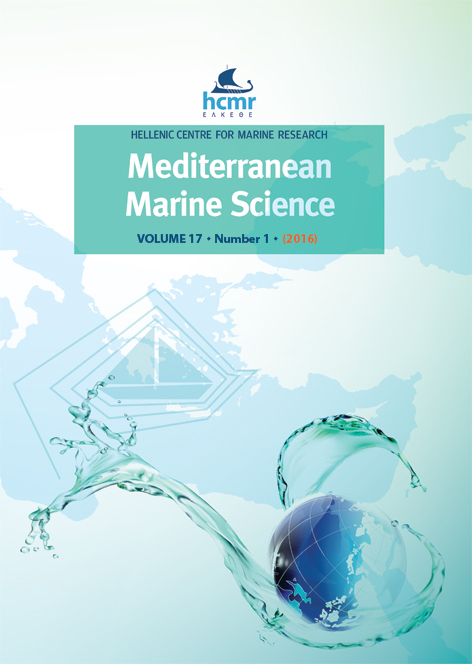Highly polymorphic microsatellite markers for the Mediterranean endemic fan mussel Pinna nobilis

Abstract
Pinna nobilis is an endemic bivalve of the Mediterranean Sea whose populations have decreased in the last decades due to human pressure; as consequence, it was declared a protected species in 1992. Despite its conservation status, few genetic studies using mitochondrial markers have been published.
We report on the isolation and development of 10 microsatellite loci for the fan mussel, Pinna nobilis. All loci (2 di-nucleotide, 5 tri-nucleotide, 2 tetra-nucleotide and 1 penta-nucleotide) are characterized by high polymorphism levels in 76 individuals tested from two populations in Balearic Islands (Spain, Western Mediterranean Sea). Number of alleles ranged from 4 to 24 and expected heterozygosity ranged from 0.4269 to 0.9400. These microsatellites could be very useful to assess the genetic diversity and connectivity patterns of P. nobilis and to establish new conservation strategies.
Article Details
- How to Cite
-
GONZALEZ-WANGUEMERT, M., COSTA, J., BASSO, L., DUARTE, C., SERRÃO, E., & HENDRIKS, I. (2014). Highly polymorphic microsatellite markers for the Mediterranean endemic fan mussel Pinna nobilis. Mediterranean Marine Science, 16(1), 31–35. https://doi.org/10.12681/mms.949
- Issue
- Vol 16, No 1 (2015)
- Section
- Short Communication
Authors who publish with this journal agree to the following terms:
- Authors retain copyright and grant the journal right of first publication with the work simultaneously licensed under a Creative Commons Attribution Non-Commercial License that allows others to share the work with an acknowledgement of the work's authorship and initial publication in this journal.
- Authors are able to enter into separate, additional contractual arrangements for the non-exclusive distribution of the journal's published version of the work (e.g. post it to an institutional repository or publish it in a book), with an acknowledgement of its initial publication in this journal.
- Authors are permitted and encouraged to post their work online (preferably in institutional repositories or on their website) prior to and during the submission process, as it can lead to productive exchanges, as well as earlier and greater citation of published work (See The Effect of Open Access).





